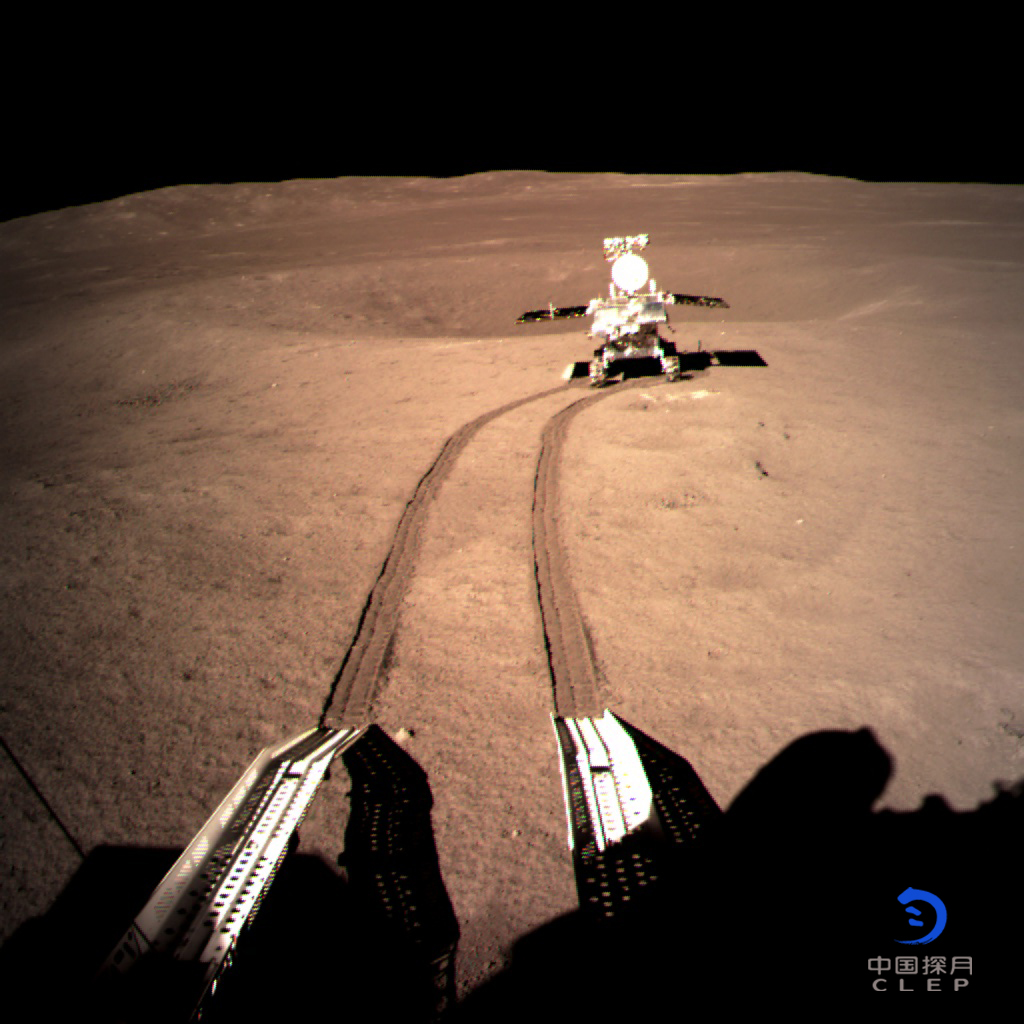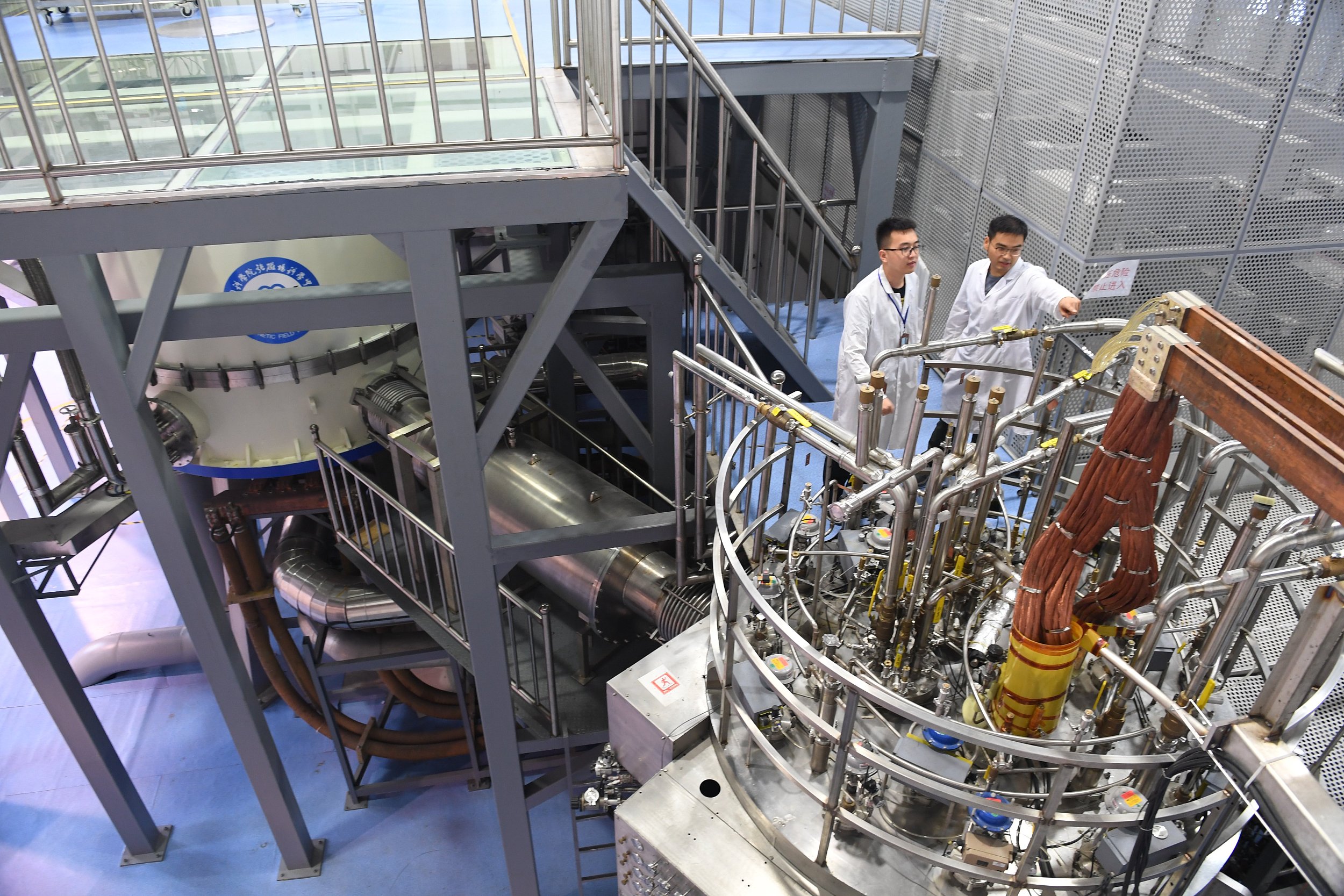Lunar Spacecraft Gets a New Lease on Life

Photo taken by the lander of the Chang'e-4 probe shows the rover Yutu-2. (PHOTO: XINHUA/China National Space Administration)
Since Chang'e-4 probe's lander and rover made the first-ever soft landing on the far side of the moon in January 2019, they have been hard at work on the lunar surface for more than three years. However, before the launch of Chang'e-4, the designed service time for the Yutu-2 rover was only 3 months. Fortunately, the efforts of scientists' making deliberate design and technological innovations have prolonged the rover's lifespan.
Firstly, the spacecrafts were designed for high performance at the outset of the project. Each component was selected to meet the high standards, to ensure a longevity and reliable performance, said Fu Qiang, chief designer of the Chang'e-4 mission ground application system.
Secondly, the lander and rover were designed with enhanced radiation resistance. Due to the absence of a protective layer on the moon, many space particles can affect spacecraft on the lunar surface. Better radiation resistance can protect spacecraft from damage, which can not only prolong their service life, but also guarantee the accuracy of data collected.
Thirdly, scientists designed a "nap" mode and "dormant" mode for the spacecraft to better adapt to moon temperatures, which can range from -180℃ to 160℃ on the surface, with a temperature difference between day and night of more than 300 degrees.
Both vehicles must sleep when the sun is directly overhead to avoid overheating. They also power down during the lunar night, when temperatures plummet to -173℃, to avoid damaging their instruments.
Lunar days and nights are both equivalent to 14 days on Earth. From January 15, Chang'e -4 probe's lander and rover were switched to the dormant mode during the lunar night. After a break, it will start to work for the 39th lunar day. After 38 lunar days' test, the work procedure of the spacecrafts was proved to be reasonable, said Fu.
Yutu -2 is exploring Von Karman crater, where an ancient lunar impact may have exposed the moon's mantle. By studying this region directly, scientists will learn more about the early solar system and the Earth. To date, Yutu-2 has traveled more than 1,000 meters and obtained more than 3,800 GB of data.


